Exploring history in Norfolk
North Norfolk is brimming with history, from being the home of Boudica and the Iceni uprising against the Romans, to being a vital part of the defence of Britain during World War Two. We can feel our county’s history running through our veins!
For those with an interest in history, there is a rich seam of fascinating places to visit, from grand stately homes, through abbeys, monasteries and cathedrals, to living special history festivals celebrating the county’s role in the history of our nation.
Here are a few of our favourite history-related places to visit.
- Table of contents
- Holkham Hall
- Norwich Cathedral
- St Benet's Abbey
- Walsingham Abbey
- Binham Priory
- Holt and Sheringham 1940s Weekend
- RAF Sculthorpe Heritage Centre
- Sandringham
- Blickling Hall
- Felbrigg Hall
Holkham Hall
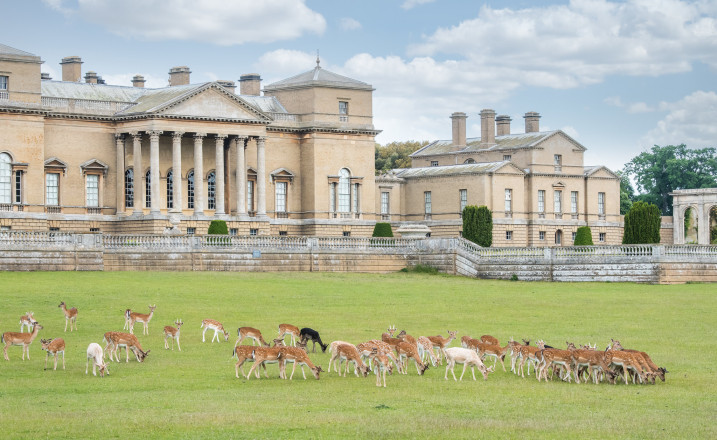
Home to the Earls of Leicester since 1726. Holkham Hall is a fine Palladian house designed by William Kent. The house stands in a park of 1,500 acres, whilst the wider estate stretches to a huge 25,000 acres, one of the most important estates in the country.
The first Earl of Leicester, Thomas Coke, was a noted agriculturalist, and is credited with pioneering the system of crop rotation which is still largely in use today. He was also an MP, and oversaw the building of Holkham Hall, a project which cost £90,000 – an unimaginable sum at the time.
As well as the house, grounds and fine walled garden, visitors can enjoy ‘Holkham Stories’ an interactive experience celebrating the many stories of Holkham’s history, as well as its present and future.
Image © Holkham Estate
Find out moreNorwich Cathedral
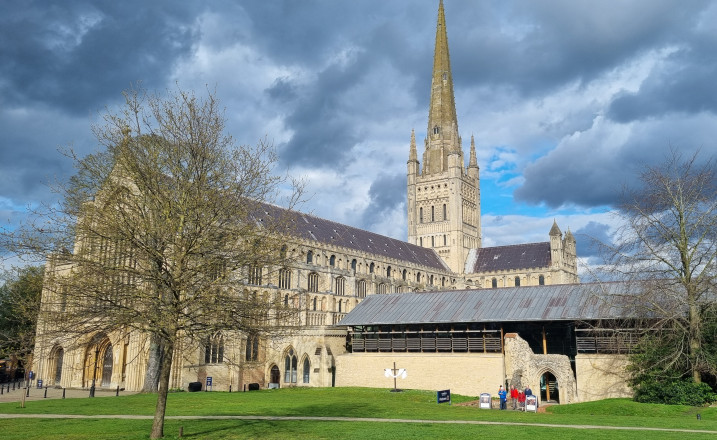
Founded in 1096, and boasting the second highest spire in England (beaten only by Salisbury), Norwich’s soaring Norman Cathedral has been the centre of religious and social life in the city for over 900 years.
Measuring 141 metres in length and 54 metres in width, and with its spire reaching 96 metres into the sky, the cathedral is an inspiring sight. It sits in one of the loveliest cathedral closes in England. Visitors can explore its magnificent stained glass, its cloister (complete with labyrinth), its 400 carved ceiling bosses, and its stunning carved wooden choir, complete with medieval misericords.
2023 saw the completion of a £1.8 million restoration of the cathedral’s 5,767 pipe organ, which can be heard each afternoon in the sung Evensong service.
Image: Newman Associates PR
Find out moreSt Benet's Abbey
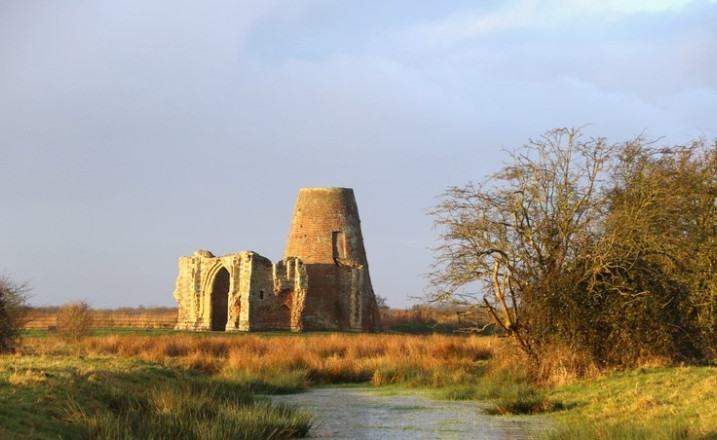
Sitting in splendid isolation on the Norfolk Broads close to the confluence of the rivers Ant and Bure, St Benet’s Abbey was the only Norfolk monastery founded in the Anglo-Saxon period, and the only one in England which was not closed down by Henry VIII.
Wonderfully atmospheric, the Abbey is a favourite spot for visitors, artists and photographers. Reachable by boat, via a 25 minute walk from near Ludham Bridge, or (carefully) by car down a bumpy farm track, the Abbey can be visited every day during daylight hours, with guided tours available twice a week during the summer.
Image: Norfolk Archaeological Trust
Find out moreWalsingham Abbey
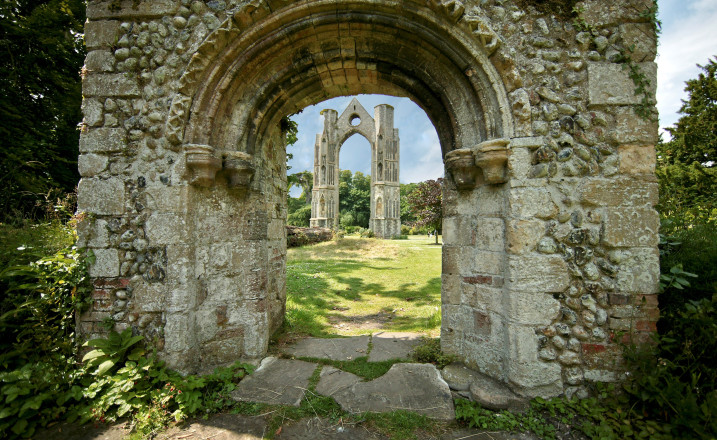
With a long history of pilgrimage dating back to the 11th century, the spectacular ruins of the medieval Priory of our Lady of Walsingham remain an important centre of pilgrimage to the present day. Many kings and queens have made pilgrimage to the site, from Henry III in 1241 to Henry VIII, as well as his first two wives, Catherine of Aragon and Anne Boleyn.
At the end of the 19th century, the nearby 14th century Slipper Chapel was restored for Catholic use, while an Anglican Shrine is situated in the church of St Mary and All Saints. The Abbey Grounds are open to visitors, and entry includes the nearby Shirehall Museum.
Image: Walsingham Estate
Find out moreBinham Priory
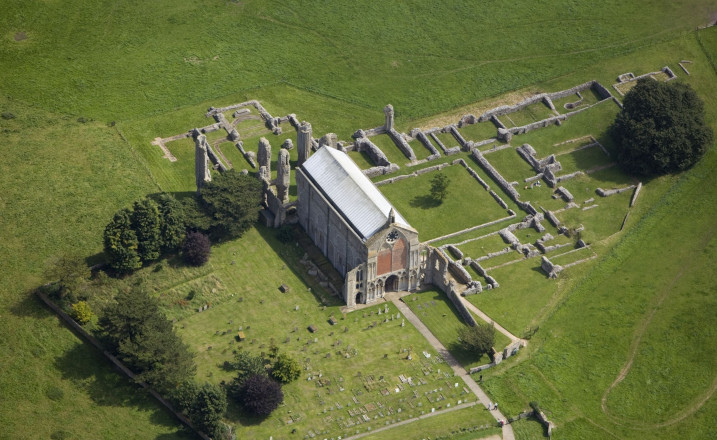
Binham Priory is among the most complete and impressive monastic ruins in Norfolk. Founded in 1091 by Peter des Valoines, a nephew of William the Conqueror, the Benedictine priory was suppressed by Henry VIII in 1539. The building’s west face is the first example of Gothic bar tracery in England, pre-dating Westminster Abbey by a decade.
The priory church continues to be used for parish services, whilst the monastic ruins can be visited during daylight hours. Guided tours take place every Sunday and Tuesday at 3pm from May to September.
Image: Historic England Photo Library
Find out moreHolt and Sheringham 1940s Weekend
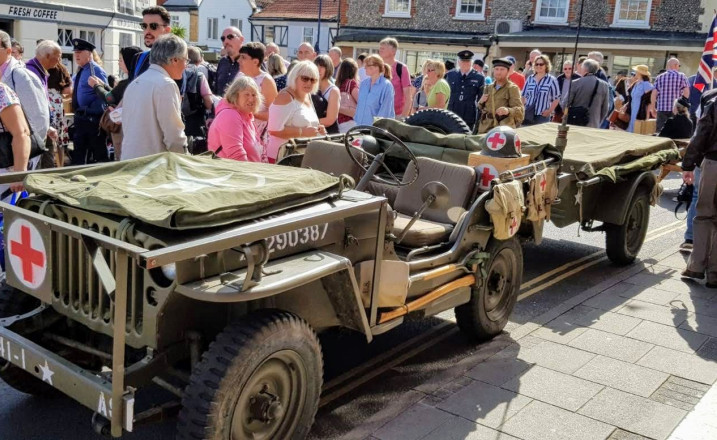
Taking place on 21st and 22nd September this year, the famous 1940s weekend has been going since 1998. It celebrates the wartime efforts of allied forces and the resilience shown by people on the home front.
More than 20,000 people come to see a range of events, with many of both town’s inhabitants getting into the wartime spirit by donning uniforms, driving vintage military vehicles, and enjoying 1940s music. The two towns are linked by the North Norfolk steam railway, which runs special services throughout the weekend.
Image: Keys Holiday Cottages
Find out moreRAF Sculthorpe Heritage Centre

RAF Sculthorpe near Fakenham was once the largest and most strategically important American airbase in Europe, home to over 10,000 US personnel. As A USAF atomic base, for over a decade it was a major part of the nuclear deterrent during the Cold War.
The RAF Sculthorpe Heritage Centre relives the 50 year history of the base from the end of the Second World War to the turn of the millennium. With many fascinating items including photographs, documents and uniforms, as well as the only B29 ‘Flying Fortress’ remains in the UK, it is an intriguing day out for anyone interested in Cold War history.
Image: Gary Wann/Unsplash
Find out moreSandringham
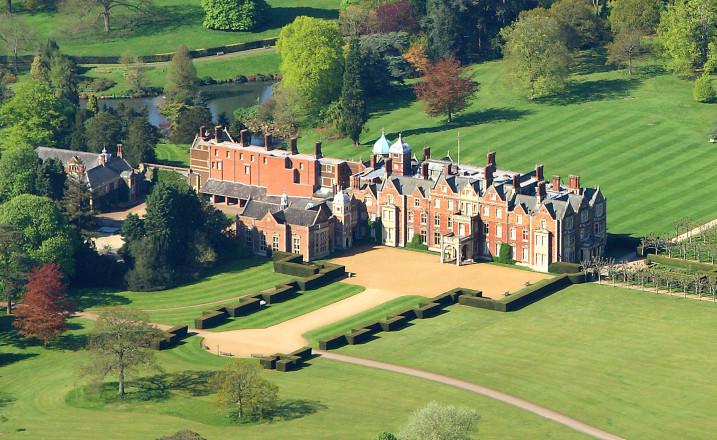
The private country retreat of King Charles III and Queen Camilla, Sandringham House has been linked to the British Monarch since 1862. Bought by the then Prince of Wales (later King Edward VII), the current house was completely rebuilt in the 1870s. The Royal family traditionally spend Christmas at the house.
The country park and visitor centre are normally open throughout the year, with the house, gardens and museum open to visitors from March until October.
Image: Sandringham Estate
Find out moreBlickling Hall
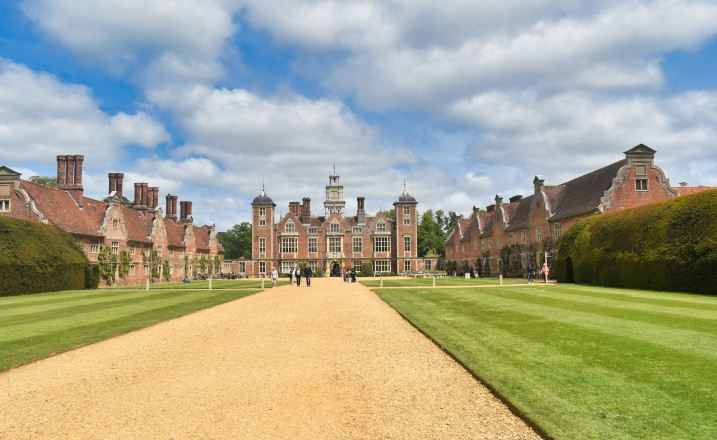
Famous for being the home of King Henry VIII’s second wife Anne Boleyn, Blickling Hall is a fine Jacobean stately home set in 5,000 acres of parkland, close to the town of Aylsham. The current house was built on the site of the Tudor building in 1616 for Sir Henry Hobart. Its library contains one of the most significant collections of manuscripts and books in England, with around 14,000 volumes.
Now owned and managed by the National Trust, Blickling Hall is open to visitors from March to the end of October, while visitors can walk in the extensive park and woodlands all year round. The Hall runs a lively programme of events throughout the season, whilst the 55 acre formal garden is open for visits when the house is open.
Image: Andrew Hall/Unsplash
Find out moreFelbrigg Hall
Built in the 17th century close to the town of Cromer, Felbrigg Hall is a fine Jacobean house which is noted for its fine Georgina interior. The estate was in the Wyndham family for centuries, and was bequeathed to the National Trust in 1969 by the last private owner, Robert Wyndham Ketton-Cremer.
As well as the house, the estate boasts 1,760 acres of grounds including the 520 acre Great Wood. The notable gardens include a Victorian pleasure ground, an 18th century orangery and a walled garden. Felbrigg Hall is open from March until mid December, whilst walks in the grounds are accessible all year round.
Find out more